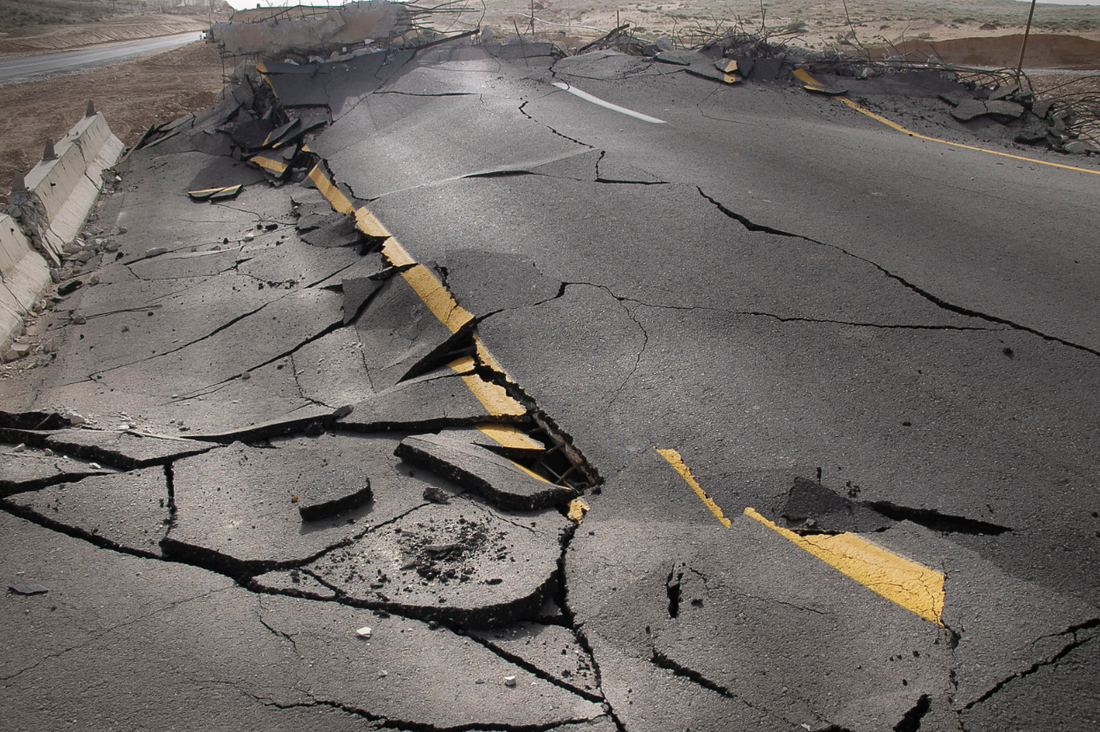|
Scientists from Harvard and Google teamed up to create a deep learning network that is able to predict earthquake aftershock locations more accurately than previous methods. By feeding historical seismological data into a neural network, scientists trained the network to look for patterns in "mainshock - aftershock" events. When tested on an independent database, the neural network's scale of accuracy at predicting aftershock locations was significantly more accurate than all previous models. Although the model is still a long way from being ready for real world use, it shows how promising the use of machine learning can be when it's used to find patterns in complex datasets.
Scientists have empirical laws for how big an earthquake might be and when they might occur but they were missing a solution to the third part of their appearance - where they will occur. On a scale of accuracy that runs from 0 to 1 where .5 is essentially flipping a coin and 1 represents a perfectly accurate model at predicting earthquake aftershock locations- the previously most accurate method (Coulomb failure stress change model) scored 0.583, and the new AI system scored 0.849. Although the results of the model are already very promising, the deep learning model isn't yet ready for real world use. Earthquake aftershocks can be caused by both static stress and dynamic stress. Aftershocks caused by permanent changes to the ground are known as static stress, while dynamic stress refers to aftershocks caused by rumblings in the ground. Currently, the neural network focuses only on aftershocks caused by static stress instead of both. The model also has other shortcomings, such as being too slow in its analysis to be used in real-time. Due to the nature of how neural networks improve with additional time and testing however, there remains incredible potential for its use in solving this problem. Click here to read the full article.
0 Comments
Leave a Reply. |
A2D Digital FeedFollow the leading stories about digital transformation. |


